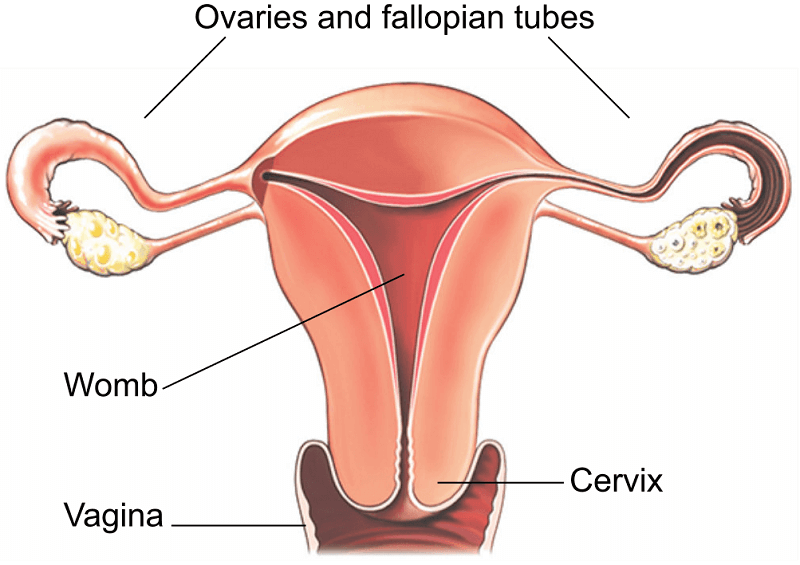Laparoscopic Hysterectomy

Symptoms Leading to Hysterectomy
Laparoscopic hysterectomy is advised for various gynecological conditions such as:
- Heavy menstrual bleeding (menorrhagia)
- Uterine fibroids causing pain or pressure symptoms
- Endometriosis with severe pelvic pain
- Adenomyosis
- Uterine prolapse (descent of uterus)
- Chronic pelvic pain unresponsive to other treatments
- Cancer of the uterus, cervix, or ovaries (in certain cases)
- Abnormal uterine bleeding not controlled by medication
Procedure or Treatment
During laparoscopic hysterectomy:
- Anesthesia: The patient is given general anesthesia.
- Incisions: 3-4 small incisions are made in the abdomen.
- Laparoscope Insertion: A camera is inserted for clear visualization.
- Uterus Removal: Surgical instruments are used to detach and remove the uterus either through the vagina or by morcellation (breaking into smaller pieces) for removal through small incisions.
- Closure: Incisions are closed with sutures or surgical glue.
The surgery usually takes 1-3 hours depending on the complexity and type performed.
Prevention
While hysterectomy is a treatment rather than preventive procedure, certain lifestyle and medical interventions may reduce risks of conditions requiring hysterectomy:
- Regular pelvic examinations and screenings
- Hormonal therapy for abnormal bleeding
- Timely treatment of fibroids or endometriosis
- Healthy diet and weight management to reduce estrogen-related issues
However, once severe disease or unmanageable symptoms occur, surgical removal remains definitive treatment.
Benefits of Laparoscopic Hysterectomy
- Smaller incisions leading to minimal scarring
- Less postoperative pain
- Reduced blood loss during surgery
- Shorter hospital stay (often discharged within 24-48 hours)
- Faster recovery and return to daily activities
- Lower risk of infections and complications compared to open surgery
- Improved cosmetic results
Types of Laparoscopic Hysterectomy
Total Laparoscopic Hysterectomy (TLH):
Entire uterus and cervix are removed laparoscopically.
Laparoscopic Supracervical Hysterectomy (LSH):
Only the upper part of uterus is removed, cervix is preserved.
Laparoscopic-Assisted Vaginal Hysterectomy (LAVH):
Combination procedure where part is done laparoscopically and uterus is removed through the vagina.
Robotic-Assisted Laparoscopic Hysterectomy:
Advanced robotic instruments controlled by the surgeon for higher precision and flexibility.
